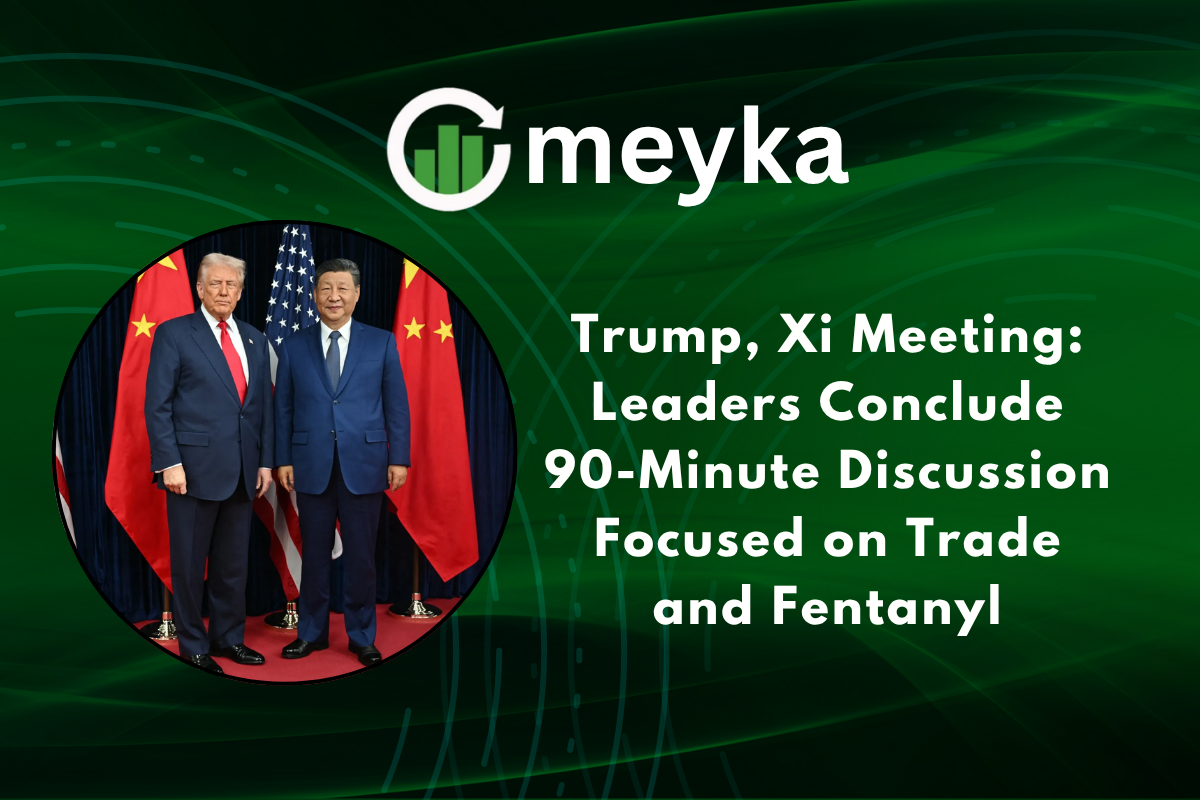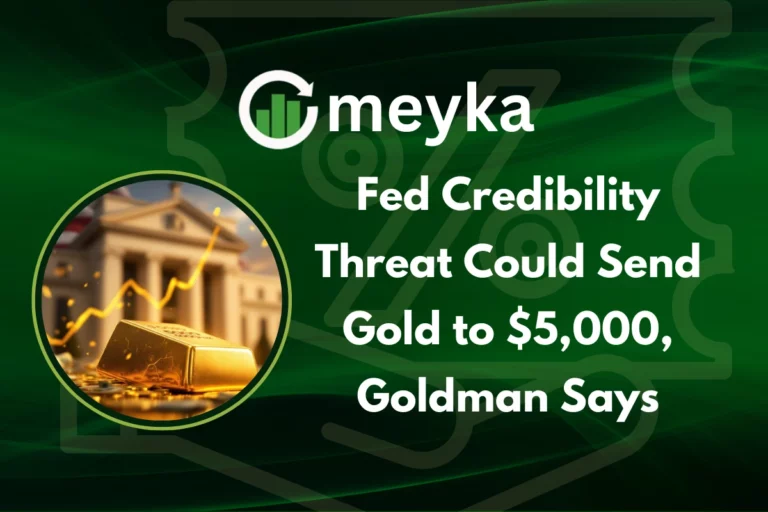Trump, Xi Meeting: Leaders Conclude 90-Minute Discussion Focused on Trade and Fentanyl
The Trump, Xi Meeting in Busan ended after roughly 90 minutes of face-to-face talks, centring on trade issues and the fentanyl crisis. Both leaders struck a pragmatic tone, signalling steps on tariffs, rare earths, and controls on fentanyl ingredients, while officials described the session as direct and businesslike.
This short, focused meeting could reshape near-term US-China trade ties and drug-control cooperation.
Trump, Xi Meeting: key takeaways
What happened and why it matters
The Trump meeting lasted about 90 minutes, with leaders discussing trade tariffs, rare earth exports, and measures to curb fentanyl ingredients. Reports say the two leaders agreed on easing some tariffs in exchange for Chinese action on fentanyl precursors and resumed agricultural purchases.
That combination links economic incentives with public health goals, and it matters for global supply chains and regional stability.
Who spoke and what they said
President Donald Trump described the meeting as positive and said the two sides “agreed to almost everything” in preliminary remarks. President Xi Jinping emphasised steady relations and steady communication between the two nations. Official statements and readouts framed the meeting as pragmatic and narrowly focused.
Trump, Xi Meeting: trade and tariffs
What did they agree on for trade?
Officials said they would adjust tariff levels, keep rare earth exports flowing for critical industries, and discuss steps to stabilise supply chains for technology components and consumer goods.
The talks aim to ease immediate trade frictions while leaving tougher structural disputes for follow-up talks.
Why are rare earths important? Rare earth elements are key to high-tech manufacturing, from smartphones to EV motors. Keeping exports stable helps global tech supply chains and reduces shock to US and allied manufacturers. The trade dimension of the Trump-Xi meeting directly targeted these supply and pricing risks.
Trump, Xi Meeting: fentanyl and public health
Why was fentanyl discussed?
The US pressed China on stronger controls over fentanyl ingredients and faster enforcement against trafficking networks. The fentanyl crisis has caused severe loss of life in the US, and Washington is seeking concrete action on precursor chemical flows and online marketplaces. China signalled willingness to tighten oversight, linking enforcement to trade concessions.
What could change? Potential outcomes include tighter export controls on relevant chemicals, joint investigations, and information sharing to disrupt supply chains feeding illicit drug production. The Trump, Xi Meeting explicitly tied these measures to trade incentives, aiming for practical progress.
Trump, Xi Meeting: tone, timing, and readouts
How long did the meeting last?
Official coverage places the meeting at about 90 minutes, though some outlets reported slightly longer discussions in private sessions. The concise duration reflects a narrow agenda and a drive for swift, tangible outcomes rather than long negotiations.
What did news outlets report?
Live coverage emphasised the leaders’ handshake moment, immediate diplomatic optics, and the linkage of tariffs to fentanyl controls. The meeting was described as a pivotal but pragmatic step in US-China diplomacy at a regional summit.
Trump, Xi Meeting: reactions and social signals
How did analysts and markets react?
Analysts called the meeting a short-term prize for de-escalation, citing potential near-term easing in trade tensions. Markets and supply-chain planners welcomed the readouts on rare earths and agricultural purchases as signals of lower disruption risk. Observers caution that implementation will be key.
Social commentary captured the moment
Commentators and journalists amplified key lines and context on social media. For example, one post noted the meeting’s focus and implications for trade policies, another illustrated investor sentiment with quick chart reactions, and others highlighted the public health angle as central to the talks. These reactions reflected fast public interest and real-time analysis.
Trump, Xi Meeting: common questions
Why was the fentanyl issue discussed?
Because the United States links part of the opioid crisis to the flow of precursor chemicals, and China’s controls can disrupt illicit supply chains, the leaders tied action on fentanyl to trade incentives.
What impact could this meeting have on tariffs?
The meeting signalled a possible reduction in some tariff levels and new purchase commitments, which could ease costs for US importers and calm volatile supply chains if implemented.
Will this solve US-China trade tensions?
Not immediately, the meeting addresses urgent issues and sets a pragmatic path for cooperation; deeper structural disputes will need longer talks and follow-up negotiations.
Trump, Xi Meeting: next steps and implementation
What comes next?
Both sides said officials will follow up to translate leader-level commitments into detailed agreements. Expect working groups on trade, supply chains, rare earths, and law enforcement cooperation on fentanyl trafficking. Implementation timelines will determine if the meeting is a short success or a first step in a longer process.
How will this affect US-China relations?
The Trump, Xi Meeting can ease immediate tensions and open space for more stable economic engagement; however, trust-building and verification of actions will shape long-term outcomes for diplomacy and trade.
Conclusion
The Trump, Xi Meeting delivered a compact, outcome-oriented session on trade and fentanyl, linking economic incentives to public health enforcement. The leaders emphasised practical steps, not grand bargains, and set a course for follow-up talks and working groups.
If officials turn these commitments into action, global supply chains and drug enforcement could see meaningful changes; otherwise, the meeting may remain a high-profile diplomatic pause.
Either way, the world will watch the careful implementation, and the next rounds of talks will show whether this meeting shaped a durable shift in US-China relations.
FAQ’S
The meeting focused on easing trade tensions, adjusting tariffs, ensuring rare earth supply stability, and tackling the fentanyl crisis through stricter chemical controls.
The meeting lasted around 90 minutes, with both leaders engaging in direct and businesslike talks aimed at achieving quick, practical outcomes.
Fentanyl was discussed because the U.S. seeks China’s cooperation to curb the export of precursor chemicals linked to the opioid crisis.
Both sides agreed to ease certain tariffs, resume U.S. agricultural exports, and continue negotiations to stabilize global supply chains.
The meeting could ease short-term tensions, reopen trade dialogue, and rebuild trust, but lasting progress depends on follow-up actions by both governments.
Disclaimer
The content shared by Meyka AI PTY LTD is solely for research and informational purposes. Meyka is not a financial advisory service, and the information provided should not be considered investment or trading advice.






